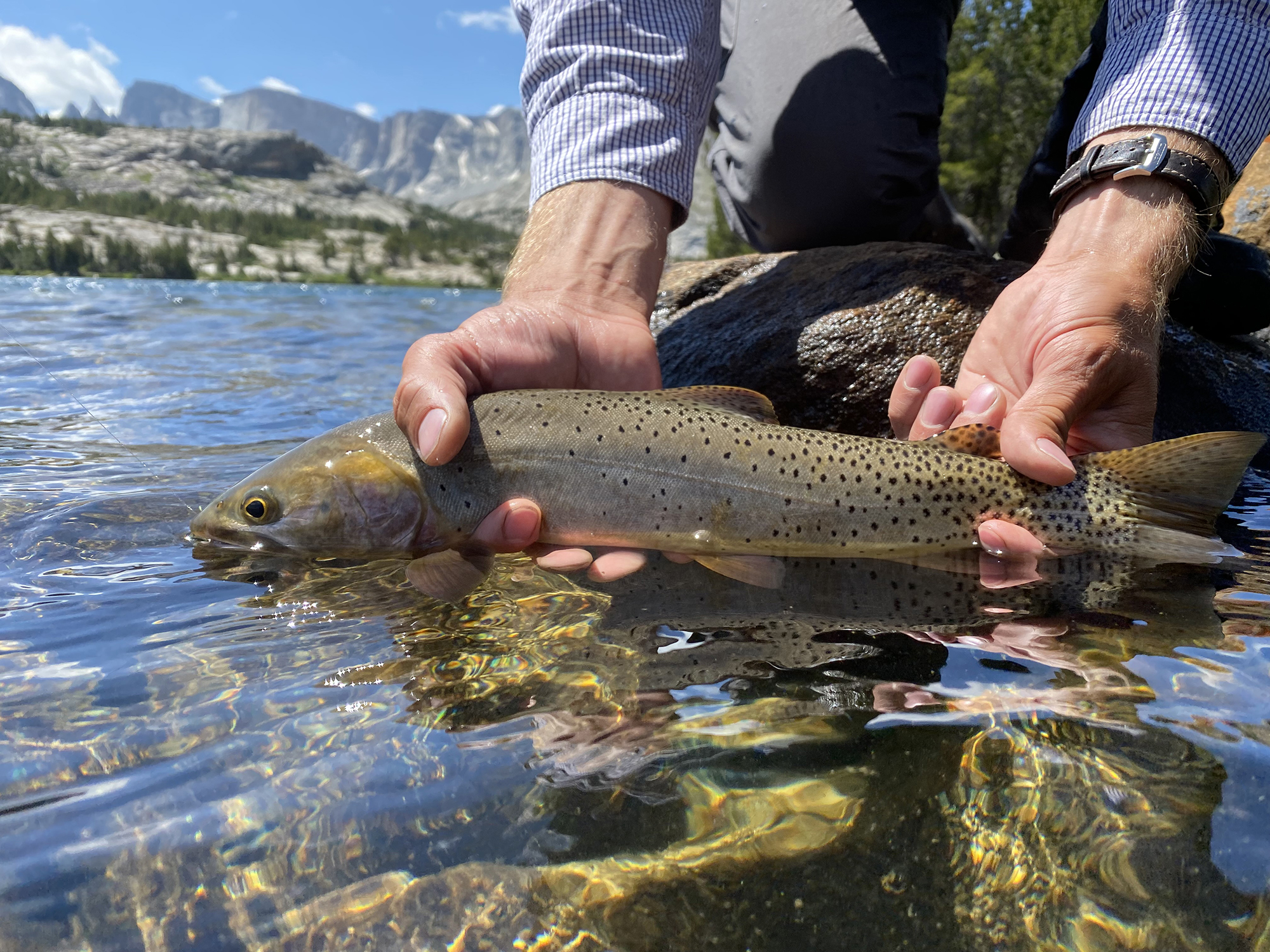THE SUN BEATS DOWN and sweat drips off our heads as we unload rented llamas from a borrowed trailer on the west side of Wyoming’s Wind River Range. Dust puffs off the llamas’ coats and sticks to everything: our packs, our tents, and our rod tubes.
Our luggage is spread in front of us on tarps, reflecting the luxury we hope pack animals afford. The two-burner stove, rollable table, marinated frozen elk steaks, and hammock feel more suitable for a backyard BBQ than a backcountry camping trip. Why not? we figure. Llamas can carry 75 pounds each. We have four, and seven people. Dehydrated meals, handleless toothbrushes, and Jetboils are for backpackers. We can bring whatever we want. Until we can’t.
Seven miles and 1,500 feet later, we pop out of the Boulder Canyon Trail, wondering if herding children, dogs, and four affable but occasionally impatient llamas into such country was really a good idea. But then we see Lake Ethel, a glacial relic nestled among granite boulders lined with bug-producing grass and lush willows.
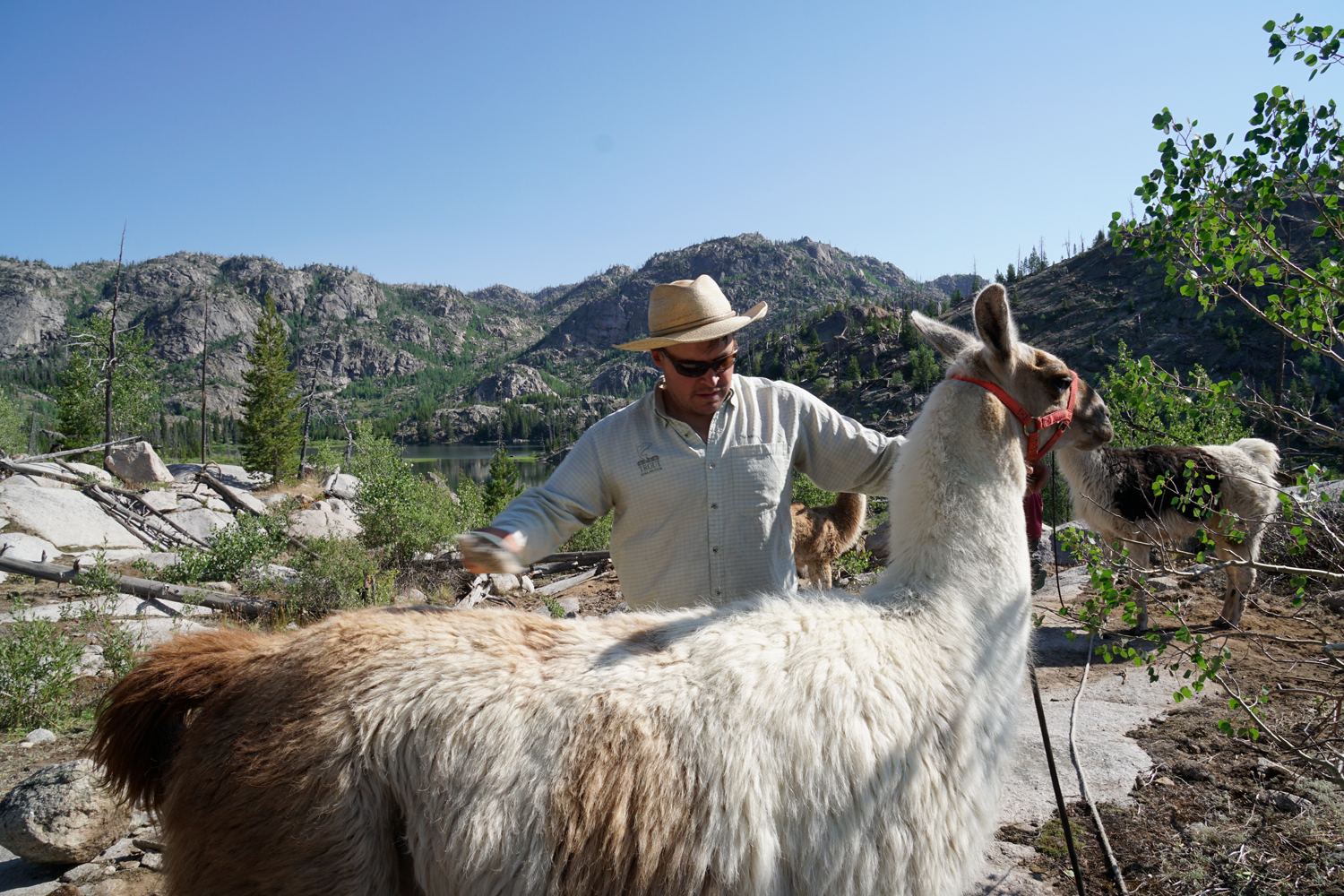
“Fish are rising,” Nick says as he unloads llamas. It’s almost dark, no one has eaten, and tents need setting up. We won’t be fishing tonight. But we’re here, and they’re hungry.
The next morning, mayflies dance and trout slurp. Nick casts a caddis fly onto the inky lake and watches it, waiting one beat, then two. A fish slams his fly, and he reels it in. The burnt orange belly of a 10-inch Colorado River cutthroat trout glints. It’s no record, but not bad for the high country. He casts again and catches another, then another.
That’s high-elevation fishing in the summer. It’s why we’re here. And in a warming world, when rivers shut down in the afternoons or close altogether, when anglers rush to save dying trout from drying streams, and when some rivers lose trout completely, these mountain lakes are bright spots. They feel like a place where trout fishing will stay strong and might even improve with longer summers.
Even if we buckle down and do everything possible to address climate change now, most scientists agree it won’t be enough. The current warming is here to stay. But that doesn’t mean fishing in the West is doomed. Hanging up our rods each summer in a fit of despair does anglers—and fish—no good. We won’t all be relegated to casting for carp, at least not within many of our lifetimes. Anglers have solutions.
So what’s a trout angler to do?
“You get some llamas,” Nick says, partly joking, partly not, as we stare across Lake Ethel, “and you go up to 9,000 feet.”
Hot Days, Hot Water
The modern story of trout streams in the West is a familiar one. Water heats up in June, and relief rarely comes until late summer.
Trout, salmon, and whitefish evolved to prefer temperatures between the low 50s and the low 60s. Warmer water carries less oxygen, and it’s also harder for a cold-water species to absorb oxygen from warm water. The problem worsens when more vegetation starts to grow on stream bottoms. Plants produce oxygen during the day, when heat stresses trout, and soak it up at night, when trout need to recharge.
Fish metabolic rates also increase with heat, requiring them to eat more. But they’re hot, so they don’t.
“When you get into the high 70s, they’re quite uncomfortable,” Colorado fisheries biologist Bill Atkinson told Outdoor Life at the height of 2021’s catastrophically hot summer. “In some ways, it’s analogous to people. When it’s extremely hot out, a lot of people’s appetites tend to diminish. You get 95-to-100-degree days, you want to find a cool spot and don’t feel like eating a whole lot.”
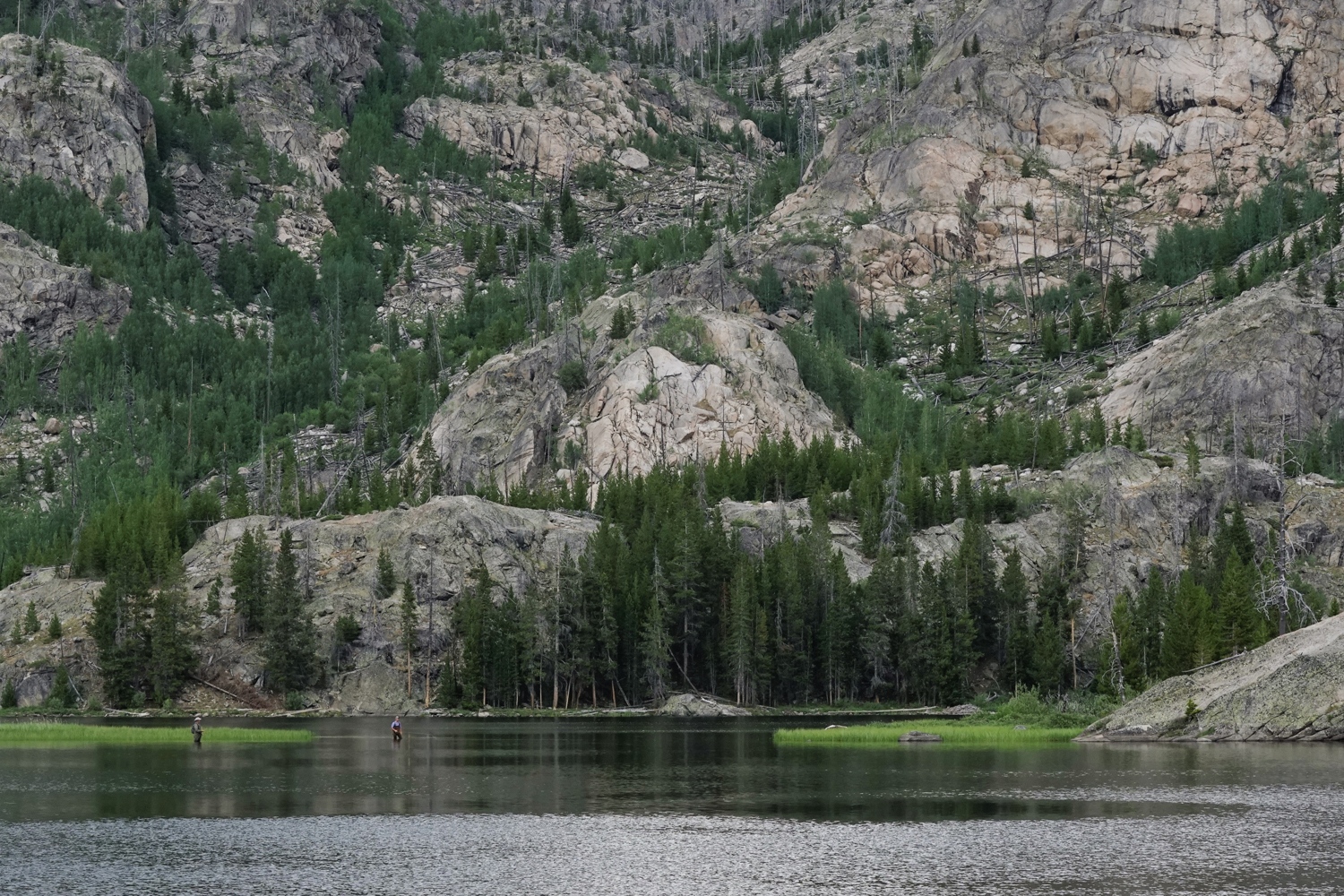
Trout don’t stand a chance then when they’re hooked, played, pulled out of the water for a photo or two, and plunked back in. Hooking mortality can be as high as 68 percent in some species. How many fish die depends on the bait type, the hook type, and how long it takes to land the fish, but when water temperatures reach the 70s, research shows even the cleanest releases on barbless hooks kill fish.
Then there’s competition from warm-water species like smallmouth bass.
“Warming water brings in a whole other heap of more tolerant warm- and cool-water species that are competitors with cutthroat,” says Darren Rhea, the fisheries supervisor for the Wyoming Game and Fish Department in Jackson. “We will go from managing cold-water trout fisheries to species like panfish or bass that are more suitable for warm-water environments.”
This phenomenon is already unfolding in places like the Owyhee Canyonlands of southwestern Idaho, where rivers evolved to support redband trout even in the high desert environment.
Warm-water species won’t outcompete all trout, not right away. Brown trout will likely fare best since they’ve evolved to tolerate warmer water. But native fish like cutthroat will suffer, Rhea says.
Species like Colorado River cutthroat (the trout we’re after at Lake Ethel) live in about 14 percent of their native range—mostly just slices of Wyoming, Colorado, and Utah. Start chipping away at those rivers, and that 14 percent quickly dwindles even more.
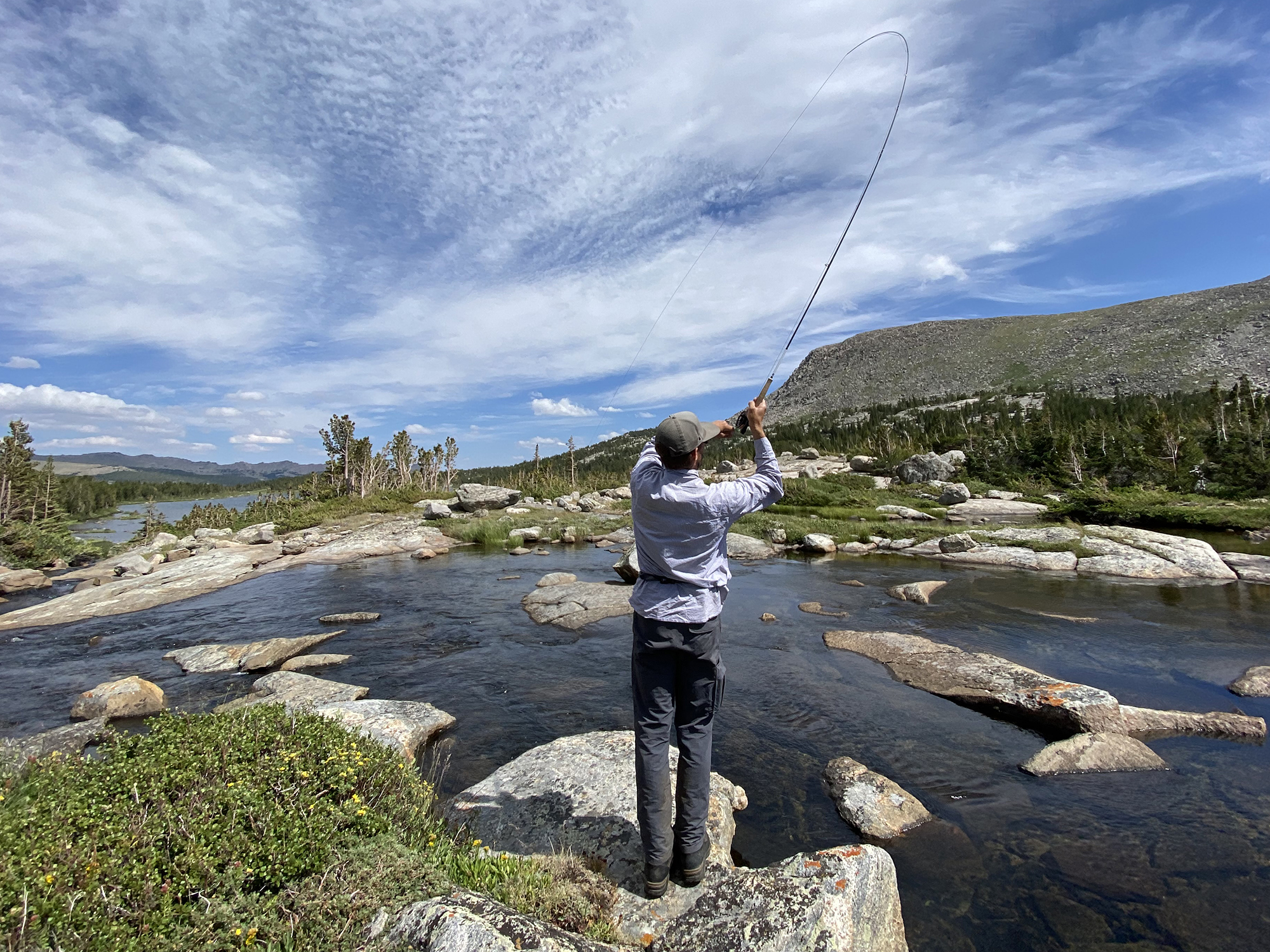
Dave Budniakiewicz has been working and guiding on rivers in Colorado’s Eagle Valley for almost a decade. He started his own guiding business, Eagle River Outfitters, in Aspen in 2021, one of the hottest years on record. He’s managed to find spots to take clients this summer, but he has fewer permits than some of the bigger outfits. He’s also had to contend with closures on portions of the Eagle River due to higher water temperatures.
“This sucks,” Budniakiewicz says. “We didn’t have half the river closed when I first came here, we didn’t have a fraction of the river closed. It’s also based on snowpack too. You have some shitty snow years and the river won’t fish that well. So we pray for snow and make lemonade out of lemons the best we can.”
A High Altitude Migration
It’s partly with thoughts of another hot summer that the Walraths and I planned a trip to the high country to cast with abandon.
Nick and his wife, Hillary, are both project managers with Trout Unlimited in southwest Wyoming. They work with ranchers, land managers, and federal officials to keep water in streams for trout and remove culverts and other barriers to fish migration. It’s unsung work that may give struggling native and wild trout more years and more habitat in which to survive.
Like so many Wyoming kids, Josh and Nick met at the University of Wyoming. They earned their fisheries degrees about 15 years ago and did some fieldwork together. Our families have fished together since then, and we’ve watched our daughters learn to wet their hands before touching a fish and eventually figure out how to cast themselves.
Our conversations are inevitably some mixture of talking about where we want to travel to next and bemoaning increasingly hot water. We fished for carp together last year in Green River because water temperatures during the day hit the 80s and trout fishing just wasn’t worth the risk of killing fish. So over dinner one night this spring as the Walraths passed through town, I asked about high mountain fishing. Could lakes that historically didn’t have any fish now be a haven for species struggling with warm water?
They’d heard about a few such lakes high in the Wind River Range, a pile of jagged granite slicing northwest to southeast across Wyoming’s middle. The Winds are packed with peaks over 12,000 feet and have the largest contiguous glacial complex in the lower 48. While even these glaciers are rapidly vanishing, many remain scattered among fields of rock and boulders.
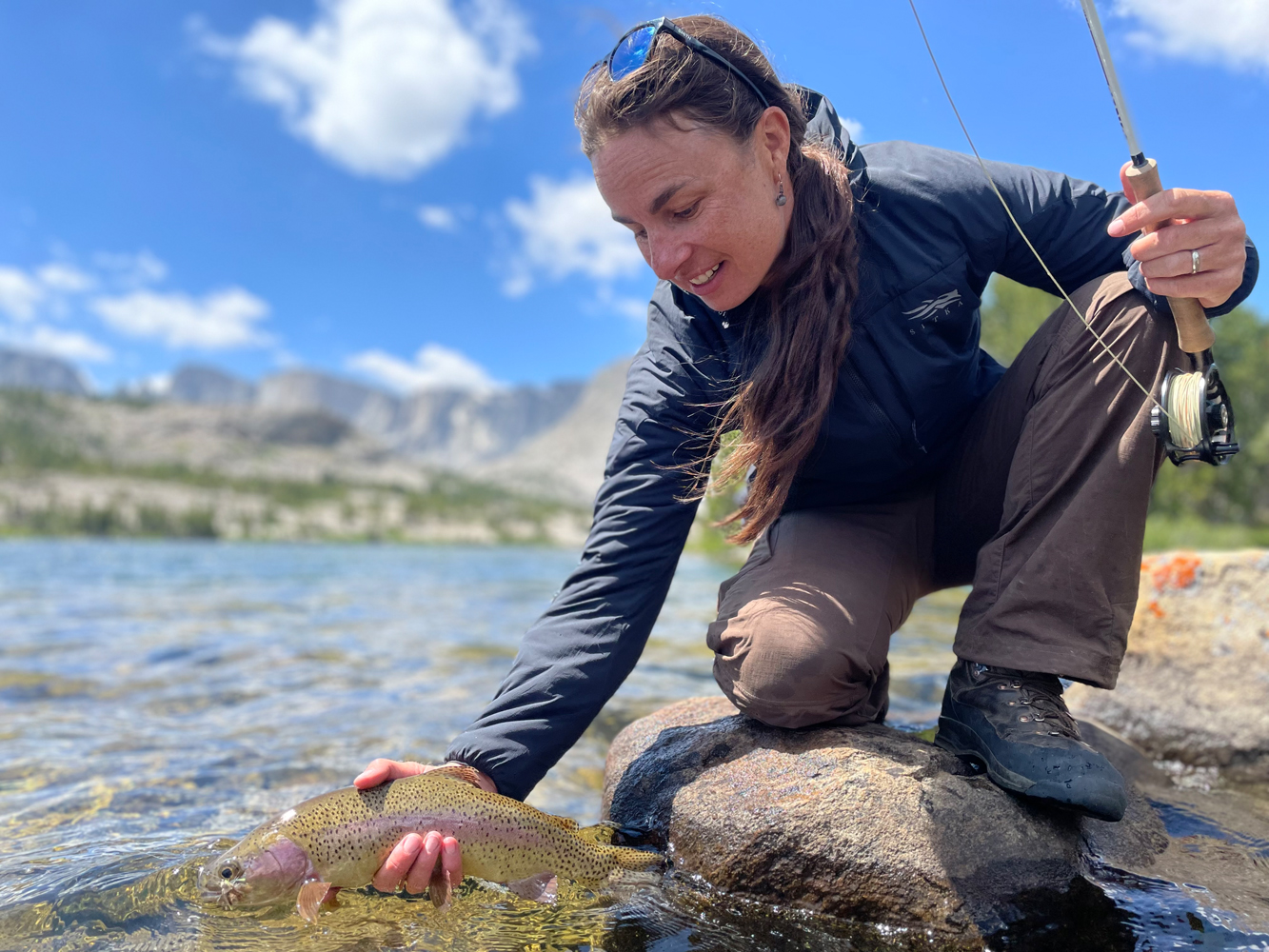
Historically, those scores of lakes pockmarking the mountains didn’t contain any fish. Creeks and rivers careen down the sides of the mountains in such steep waterfalls and cascades that even the most enterprising trout never made it up.
But then came men on horseback with buckets of golden trout imported by train from the West Coast, brook trout carted over from the East, and brown trout shipped from Europe and Asia. By the 1950s, most lakes contained fish of some kind. Fish survived in some places and required constant restocking by state agencies in others.
In the last few decades, fisheries biologists began to realize that instead of harboring millions of stunted brook trout or voracious lake trout, those lakes and rivers separated from encroaching lower-elevation fish could, potentially, function as a type of high mountain refuge. (Biologists refer to such places as refugia: areas where a population can survive through a period of unfavorable conditions.) And so came the concept of assisted migration.
“Species are shifting their ranges north and often [to] higher elevation, but for some animals, including fish, there are barriers to that, and so humans are helping,” Miller says. “It’s a future for backcountry lakes where they aren’t just for recreation but now serve a conservation purpose.”
Yellowstone biologists did this with westslope cutthroat trout and Arctic grayling in the Gibbon River, a stretch of historically fishless water where those two cold-water native species now thrive. On the west side of the Wind River Range, range expansion and refuge waters are becoming a viable option for Colorado River cutthroat, Rhea says.
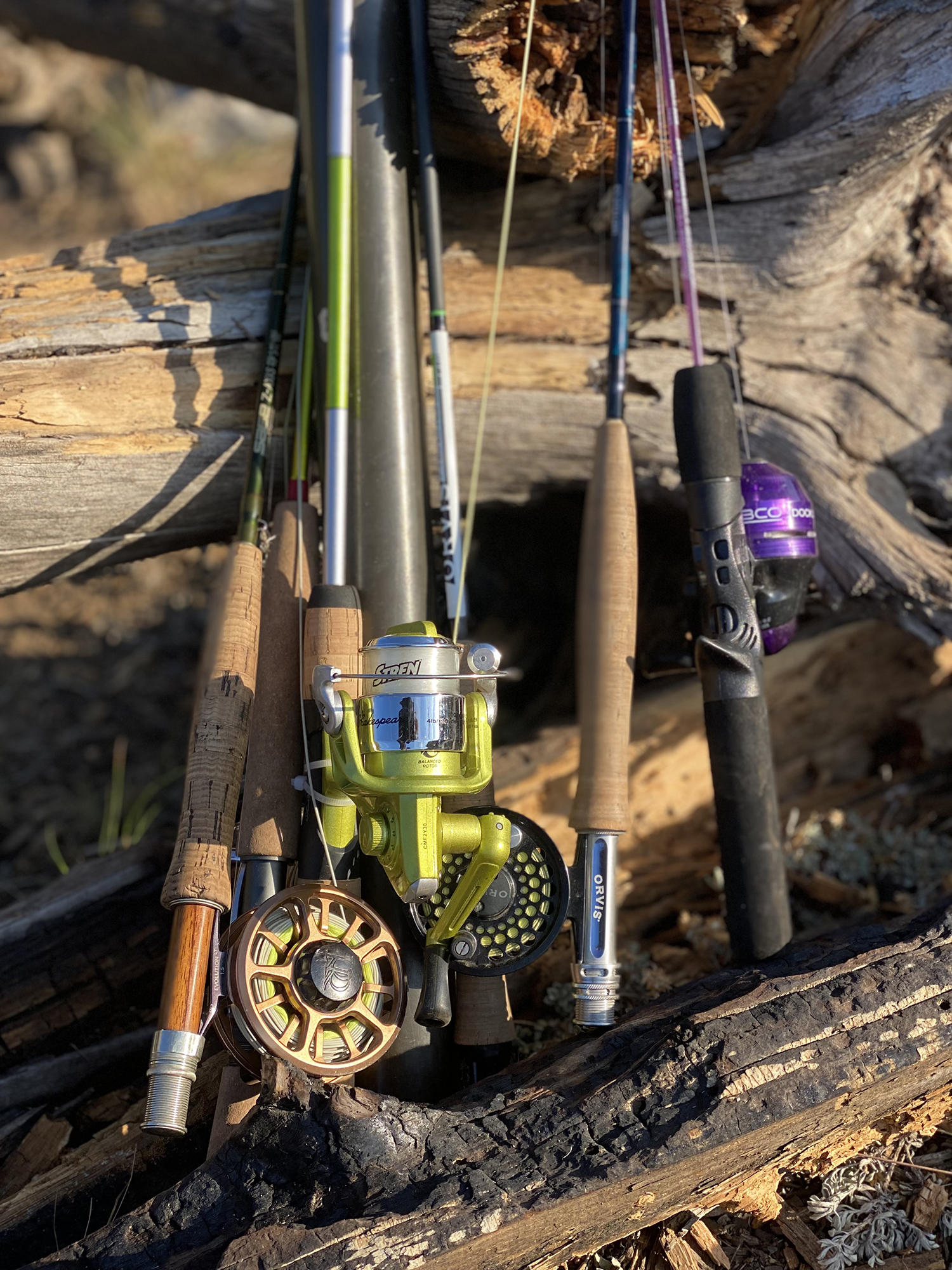
He won’t laud this as a net positive—it’s the habitat equivalent of backtracking a mile, then climbing 500 feet—but in a warming world where it seems like all we’re doing is losing, gaining even the littlest amount can feel pretty good.
Tiny aquatic insects in high mountain lakes are packed with a kind of pigment that, when eaten by trout, makes the fish particularly colorful, Rhea says. Add more days or weeks of warm weather to the normally short summer season in the mountains, and those fish could likely grow even bigger.
But getting to those lakes isn’t particularly easy. The Winds are known for remote stretches of wilderness, not heavily roaded forests. While both the Walraths and my family camp all summer, hunt all fall, and have backpacked throughout our lives, none of us have tried something as ambitious as a dozen miles with thousands of feet in elevation and young kids in tow.
Bring Back Nature
The first is about as basic as it comes: Plant more trees. Shading a river can reduce water temperature by almost 4 degrees F. Removing vegetation, conversely, increases water temperatures.
“Such a dramatic water temperature shift of some degrees, especially in summer, would indicate a total shift of aquatic diversity,” reads one study. Basically, the cooling effect of trees on water is as big a deal for fish as it feels for us humans on a hot day.
Connectivity among waters is also critical. The more areas trout can use to expand, retreat, and hide, the more likely they are to survive a changing climate. That means tackling some of the thousands of culverts scattered around the West that make fish passage impossible. The Walraths spend much of their time working to remove those culverts.
“The effects of everything we do are complex. Nature is not simple.”
—Steve Wondzell
“As a human being, you look under a creek culvert and think, Fish can swim through there,” says Steve Wondzell, a riparian ecologist with the US Forest Service’s Pacific Northwest Research Station in Oregon. “But because it’s a smooth bottom and the water velocity is high, many, many culverts are such that fish simply can’t swim fast enough to make it to the other end.”
In some places, installing barriers may actually be the answer when it comes to native fish conservation and preservation. The contraptions can be up to 86 percent effective at keeping invasive species out of upper stretches of river.
“I’ve fished above big concrete barriers,” Miller says. “You get a couple miles above them and you’re in wilderness. Some people think we shouldn’t have this big concrete monstrosity in the wilderness, but is that any less natural than having the stream overtaken by nonnative fish?”
Fisheries folks and hydrologists are also talking more about a concept called hyporheic exchange. Imagine everything underneath the dirt you walk on is a gigantic sponge. When water flows into that sponge, it’s warm from the heat of the day. Once it’s absorbed, it can begin to cool. This happens, more or less, when water meanders down a stream. Some of the water curves around bends on the surface—think of a caddis fly drifting along—and some of the water tries to take a shortcut by seeping into the bank.
“Water flows super, super slowly in the subsurface,” says Wondzell. “So all that water taking a shortcut will end up days or months or years behind the water that goes down the channel.”
A surprising amount of restoration can also be done by beavers. Drop beavers along stream corridors in the wilderness (Idaho Fish and Game even airlifted some in during the late 1940s) and watch habitat improve for everything from fish to moose.
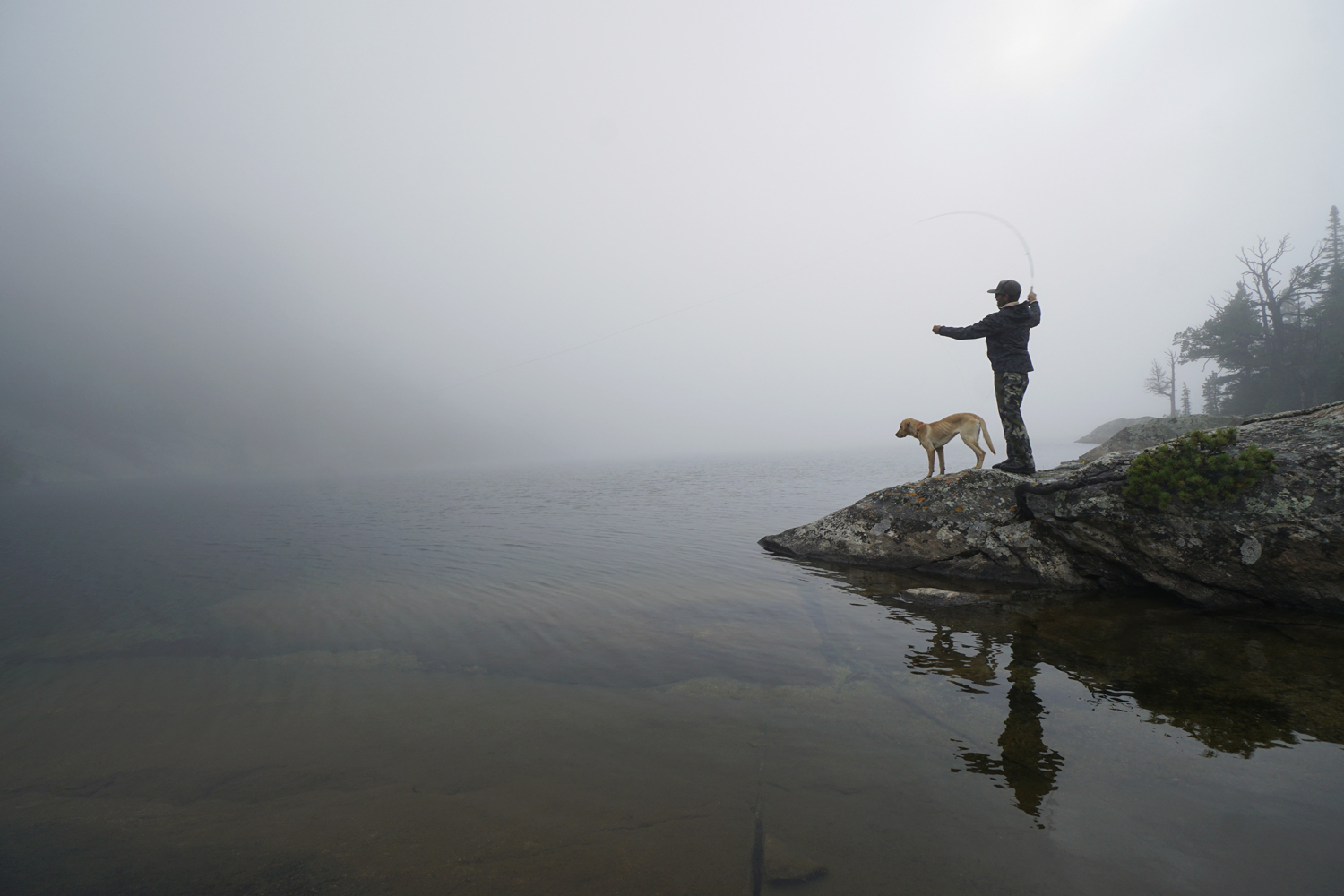
Dams could help cool water temperatures too, because they tend to release water from the bottoms of reservoirs, where it’s farthest from the sun and coldest. Stretches of water like the Green River as it flows out of the Flaming Gorge Reservoir consistently ranges between 30 and 50 degrees most of the year. The Gray Reef section of the North Platte River in central Wyoming is similar, as is the Missouri River below Holter Dam in Montana.
But dams, of course, create more than a few complications. The Big Wood River in Idaho partially dried in 2021 below a diversion dam, leaving fish dying and people scrambling to relocate them. A dam malfunction on the Madison River in Montana in 2021 left so many fish stranded and dying that it made national headlines. Dams are also a major contributor to the crash in Pacific salmon numbers.
“The effects of everything we do are complex,” Wondzell says. “Nature is not simple.”
A Case for Hope
Our original plan had been to make it to a couple of lakes that Rhea promised held 18- or even 20-inch cutthroat trout. They might not be pure strains—some are likely hybrids with rainbow trout or of a couple cutthroat subspecies—but they would be big. Those lakes, we realize after checking our maps from camp at Lake Ethel, are another 7 miles away.
Do we want to truck our kids, an old dog who might not make it, and our gear another 7 miles into the backcountry? Or do we want to stay put at Lake Ethel, which we know holds 10-to-12-inch cutthroats, cold water, and spectacular views?
So after breakfast, instead of packing up, we lead the llamas down to the water and give each of the three girls a rod.
“I’m going to catch a fish on my first cast,” says 8-year-old Aven Walrath, plopping a caddis imitation onto the lake’s glassy surface.
A fish rises and bites, and her rod bends. Hillary cheers. I take pictures. Nick helps her wrangle the colorful cutthroat off her hook and release it into the water. That’s high mountain fishing, when an 8-year-old can call out a fish on her first cast. She’ll catch plenty more like it before the trip is over.
Sitting in camp a couple of nights later, perched on logs and chairs, surrounded by smooth, granite slabs and towering hillsides, we talk about the future.
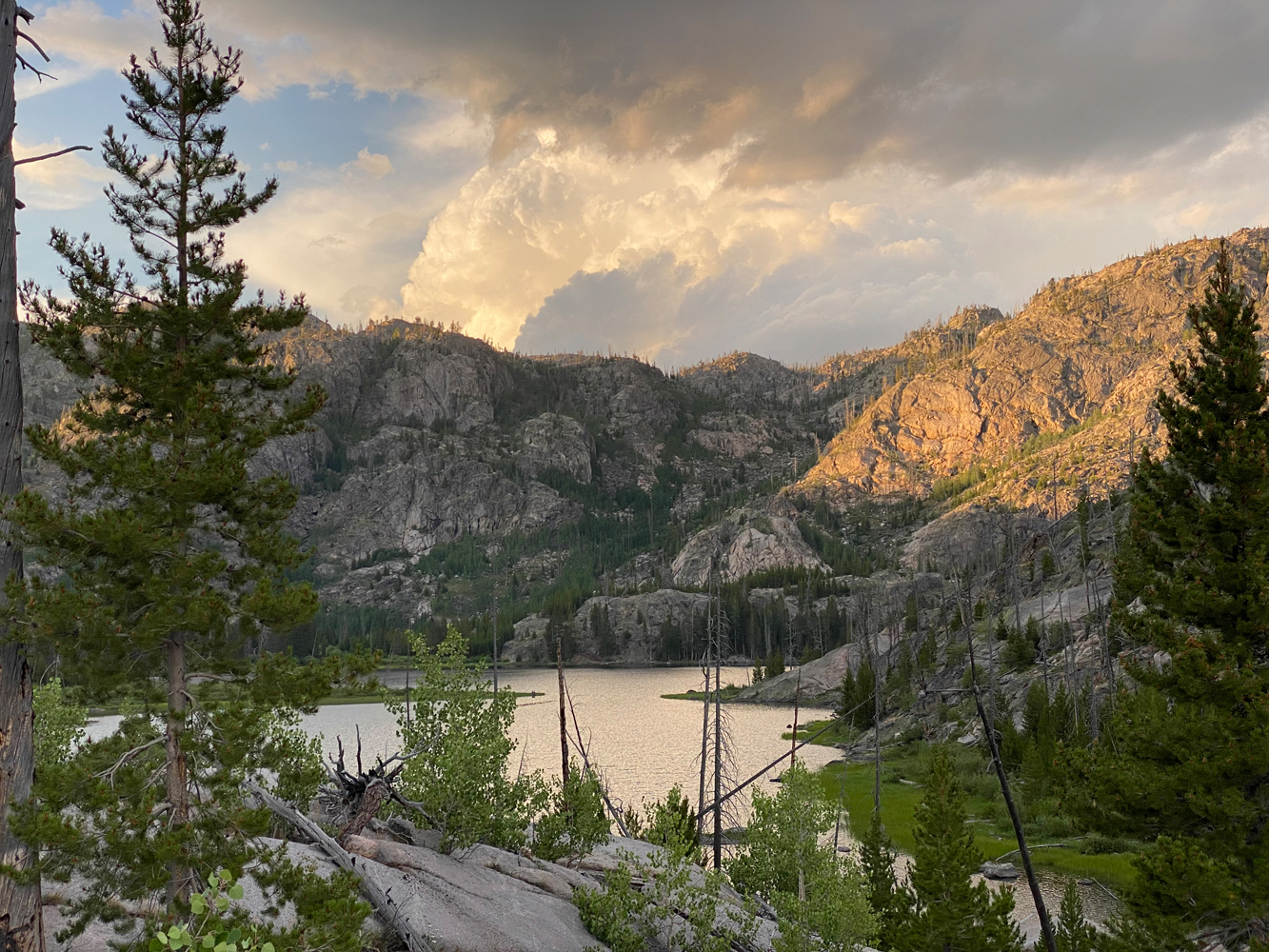
We know some of the solutions, even ones that don’t require airlifting beavers into wilderness areas. Anglers have heard them often these past summers. Bring a thermometer if you don’t know how to gauge water temperatures. Fish early in the morning, when water temperatures are lowest, and stop in the early afternoon. Use barbless hooks and don’t play those fish very long. Use a stronger tippet to get fish in faster and release them quicker.
Some solutions include giving up summer trout fishing in some places altogether. Consider switching priorities during the hottest months, with the added benefit that you will likely find less competition. Miller talks about two ponds within a few miles of his house. One teems with self-sustaining populations of bluegills and bass. Another has trout stocked regularly.
“You drive by that trout pond and there’s people spaced out all around the pond fishing it,” he says. “I go to this bass and bluegill lake and see no one and catch 30 to 40 fish in a night.”
That might work for residents, but Budniakiewicz runs a trout business. Right now, he doesn’t have permits to take his fishing clients to high-elevation lakes—but he’s heard about the incredible opportunities there. He can think of clients who would happily hike 3 to 4 miles to a river or lake where the fish are plentiful and water temperatures low. He also understands why those permits are limited: Fragile backcountry lakes aren’t designed to support endless anglers. Plus, those anglers willing to hoof it into the backcountry don’t want more company.
“You know your water and put a little extra time,” he says. “If you have guests who are stoked to catch fish, they will wake up at 6 a.m. and meet you at 7.”
No solution, including going high with rented llamas and way more snacks than you probably need, offers all the answers. But one thing is certain: Even some of the most pessimistic fisheries biologists, guides, and anglers agree that a doomed fishery in the West is not a foregone conclusion.
As we adults talk, our girls play cards nearby. Today, they saw cutthroat trout, grabbed caddis fly larvae out of the water, and watched water snakes slither through the shallows. They aren’t thinking about what’s next. And they shouldn’t have to, yet. That’s our job. It will be theirs soon enough.
This story originally ran in the Migrations Issue of Outdoor Life. Read more OL+ stories.
